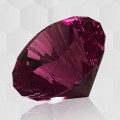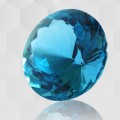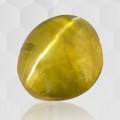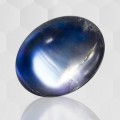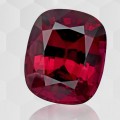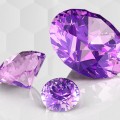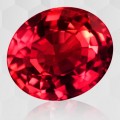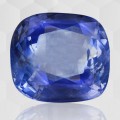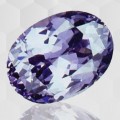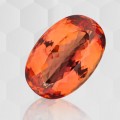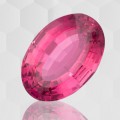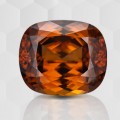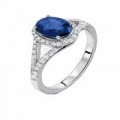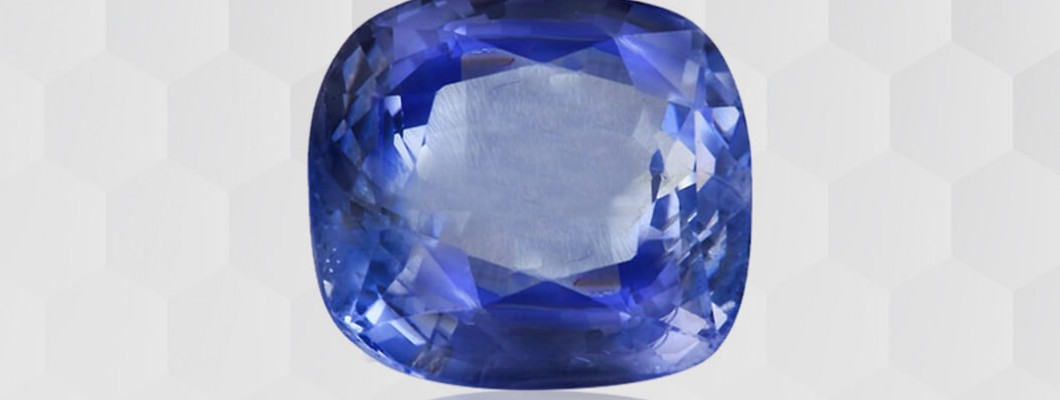
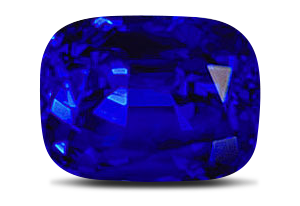
Blue corundum in all shades are identified as sapphires. Sri Lanka sapphires are universally renowned for their magnificent quality and the large sizes in which these sometimes occur. Every possible shade of blue is represented among sapphires of Sri Lanka, the various shades ranging from the palest to the darkest. Flawless, transparent sapphires of a deep blue colour are highly prized. High quality blue sapphires from Sri Lanka are reputed for having a pleasing tone of colour, whatever the shade and are of remarkable transparency. In superior quality material the degree of transparency is very high and its clarity is excellent. These features in combination could produce a very high Iustre which in turn imparts a sparkle to the gemstone. Although the distribution of colour in sapphire is characteristically patchy, an apparent colour evenness is seen because of its highly transparent body. Sapphires of over ten carats with all the above features combined are not uncommon in Sri Lanka. Comparatively, stones with such combination of characteristics are rarely seen in other localities. The smaller commercial grades are more abundant.
The reputation for producing the world’s best blue sapphire has shifted from time to time different localities like Kashmir in India and Pilin in Cambodia. Kashmir is no longer productive and high quality blue sapphires from Pilin are now seldom seen. Over the years Sri Lanka has graduated to this prestigious position of begin the producer of the world’s best sapphires. Today there is undisputed, unchallenged acceptance that Sri Lanka’s blue sapphires of high quality are supreme.
These superior gemstones while carrying high price tags in international markets, also hold superlative positions among connoisseurs and those who seek the best. The most desired colour and tone for a sapphire has been described as an intense corn flower blue with a ‘velvety’ Iustre. The Combination of such features though rare, is the pride of this country. the colouring oxides responsible for this colour are basically iron and Titanium. Very often the colour pattern is in the form of regularly arranged colour bands alternative with the colourless, or it may be that the colour regions are irregular and patchy. In keeping with scientific phenomena, the colour concentration is high in the direction of the optic axis and as such, a crystal could display different shades of colour like palace blue, greenish blue and deep blue when viewed in different directions. These factors have to be taken into consideration when faceting. Blue sapphires of Sri Lanka as in certain other countries tend to display regional traits to a very great extent. In sapphires of certain regions the greenish blue tinge is more pronounced and conspicuous than in others, when viewed in a direction perpendicular to the optic axis. Some others when viewed under an artificial light source display violet and reddish tints creating an apparent colour change effect. Textural differences are also seen. Still others show remarkable improvement and an increase in colour and luster in the course of polishing. This is particularly so in the case of sapphires from a place called Rambukka (close to Rakwana) In such cases rough gemstones buyers do not hesitate to offer higher prices for material from this locality especially if they are aware that the gemstones offered for sale are from mines reputed for these characteristics. Sapphires from a region close to Matara are typically of a deep dark blue colour almost black and are glassy textured. These have earned the name ‘Matara Sapphire’. It is well known that certain sapphires when subject to heat lose their colour. Completely while others respond favorably either producing or enhancing their colour. In still others heat could spread out the colour within the stone. Great skill and care is necessary in conducting such heating operations.

